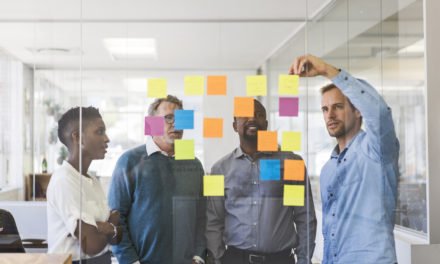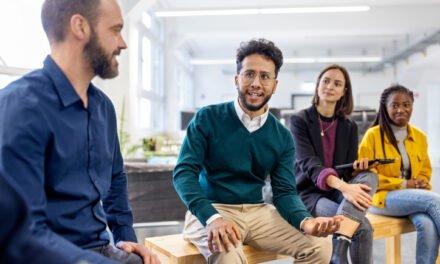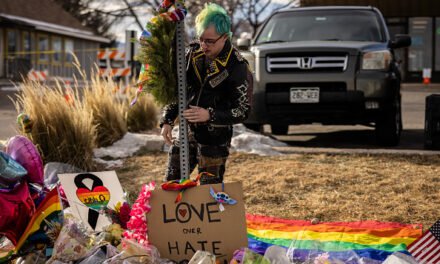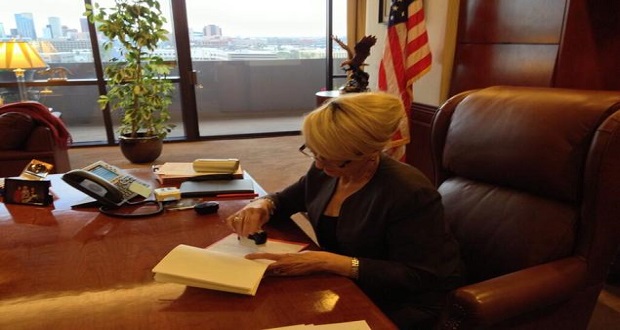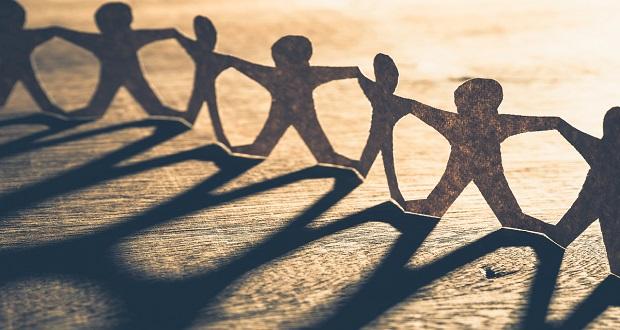
Today is International Day of the Girl, National Coming Out Day, and this month is National Disability Employment Awareness Month. So, there is a lot going on right now when it comes to celebrating diversity, inclusion, and fighting for equity. Every year, so many days and months of “awareness” or “celebration” go by, and while many have declared that these are movements or “more than a day,” it would be nice if we didn’t need them at all. It would be nice if all identities were normalized and equity was realized.
The only way we’ll ever reach that day is to use these days and months to build allyship. What does it mean or feel like for someone to come out as LGBTQ, and how can we support them? What does it mean for someone who is differently-abled to be actively disabled by a world that does not accommodate who they are and how they live? What can we do to help build not just accommodations but new structures entirely? What does it mean for girls all over the world to grow up with less opportunities to take charge of their lives, their bodies and their futures? What can we do to support girls in speaking out and taking back that power?
We can use days like today, days of celebration and awareness, to build a greater understanding of what these groups need from allies and what we must do as individuals to push these movements forward.
As we’ve written before, an “ally” is not a thing to be, but rather, it’s a way to live. How can we live into allyship?
An “ally” is not a thing to be, but rather, it’s a way to live. How can we live into allyship? Click To TweetAccording to ally development work at Cornell University’s Diversity & Inclusion School of Industrial and Labor Relations, living into allyship requires six main things: self-reflection, understanding the history, understanding the language, owning your impact, knowledge of your role, and interrupting the bias. Below are some key questions you can ask yourselves for each stage of this development.
Self-Reflection:
- Who am I? How do my cultural identities impact what I value?
- Which of my identities are most salient for me in my daily life?
- Ex. Identify yourself and some of the ways your walk through the world: I am a straight, cis-gender, able-bodied, white woman, advocate, writer, daughter, and friend. I am often most aware of being a woman in a male-dominant society, while I don’t think as much about being able-bodied because that is the “norm” in U.S. society.
Understanding the History:
- What is the history of this group’s struggle for equity?
- What is the history of this group of people in my own community?
- Ex. Research the history of the “coming out” experience or the experience of having a disability over the course of our history to better understand why the movements are where they are today. Google is a great place to ask questions and feel safe!
Understanding the Language:
- What language has this group of people asked us to use in discussing who they are and what they need?
- Have I allowed people to name themselves or am I naming people without knowing them?
- Ex. Suggest adding gender pronouns to work email signatures to show that your organization is open and affirming of transgender people and to give people a chance to name themselves.
Owning Your Impact:
- Where have I, perhaps unintentionally, negatively impacted someone in this community?
- How can I make amends that acknowledge more than just my intent?
- Ex. To apologize for calling an assertive girl “bossy”, I need to go beyond saying I didn’t mean it and acknowledge that it was hurtful and biased.
Know Your Role:
- Where am I on my journey to living as an ally?
- Where can I use my power to elevate the voices of this community?
- Ex. Decenter yourself in discussions where you are part of the dominant group (male, white, cis-gendered, able-bodied, etc.) to learn from the experiences of those who are different from you. Then, consider where you have influence in your own community to elevate the stories you’ve heard.
Interrupting Bias:
- Where do I hear and see bias in my own community?
- How can I disrupt these narratives or norms with the knowledge I have gained?
- Ex. Support organizations that specifically empower girls in areas like STEM that we have, as a society, traditionally gendered as manly or as suited more for men.
Ultimately, there are no “right” answers on how to be an ally because there is no one type of LGBTQ person or one type of girl or one type of person with disabilities. None of these groups are a monolith, and within each group, people have different needs, different experiences, and different opinions on what equity will look like when achieved. So, we encourage you to start your journey towards allyship by reading and listening to the stories of all kinds of people, and using the above questions to challenge your assumptions, dismantle biased worldviews and norms, and open your eyes to new possibilities for connection, solidarity, and common ground.
Listen, challenge your assumptions, dismantle your own biased worldviews, and open your eyes to new possibilities for connection, solidarity, and common ground. #BeAnAlly #DayOfTheGirl #NationalComingOutDay2018… Click To Tweet
